África/Kenia/ Julio del 2016/ Noticias /www.mediamaxnetwork.co.ke
Sector de la educación en vías de cumplir los objetivos de Visión 2030
Resumen:
El gobierno ha logrado mucho en el sector de la educación en virtud de los proyectos emblemáticos Visión 2030, ocho años después de que comenzó a rodar a cabo proyectos como se prevé en el azul-impresión. Visión 2030 presidente de la Junta de entrega Dr. James Mwangi dice que el mayor impacto ha sido en la implementación de la Educación Primaria Gratuita (FPE).
«A pesar de la visión 2030 se puso en marcha en 2007, se previó el azul de impresión en 2003, cuando se puso en marcha el programa de FPE. Este programa ha tenido un gran impacto en nuestro sistema educativo – el gobierno no sólo hizo libre y subvencionado en el nivel secundario de educación primaria, pero también hizo obligatoria la educación básica «, dijo.
Dr. Mwangi dijo que el mayor logro ha sido el enorme número de niños, especialmente de familias pobres que se unieron a las escuelas primarias y mayores tasas de transición de primaria a secundaria y terciaria. Actualmente, la matrícula en el nivel primario es más del 92 por ciento, mientras que la transición se ha incrementado un 85 por ciento.
«Este es un logro importante y las cosas sólo puede ser mejor en los próximos años», añadió. Dr. Mwangi, que es también el director general de banco de la equidad, en un lapso de unos pocos años en el país, ha logrado establecer 37 universidades públicas y una medida de gran número de universidades privadas. «Esto ha mejorado el acceso a la educación universitaria.
A diferencia del pasado donde la mayoría de los kenianos fueron al extranjero, India e incluso Uganda-cursar estudios superiores, tenemos más que suficientes universidades, «observó. Bajo el azul de impresión Visión 2030, el gobierno trató de incorporar la prestación de Desarrollo de la Primera Infancia y Educación (ECDE) en la educación básica.
El objetivo fue revisar la política ECDE para alinearla con la Constitución e integrar ECDE al plan de estudios básico de la escuela primaria. De acuerdo con la Visión 2030 Junta de entrega, ECDE es ahora una función descentralizada y, por lo tanto, los detalles de los avances variarán de acuerdo con los planes de desarrollo integrados (Condado CIDPs).
Un proyecto ECDE Política Nacional está a la espera de validación de las partes interesadas, pero el suministro de subsidios de capacitación en Sh1,020 por niño no se ha efectuado debido a las limitaciones de financiación. El Estado también previsto llevar a cabo la
Fuente: http://www.mediamaxnetwork.co.ke/people-daily/234607/education-sector-on-course-to-meet-vision-2030-goals/
Fuente Imagen http://www.mediamaxnetwork.co.ke/wp-content/uploads/2016/07/Vision-2030-Delivery-Board-chairman-Dr-James-Mwangi.jpg
por lo que también para alinearla con la Constitución y V2030.
Un informe sobre las reformas ha sido adoptado por las partes interesadas y una propuesta para establecer un comité directivo para supervisar los diseños curriculares que se ha acordado.
«El plan de estudios reformado propone un cambio importante desde el actual sistema de 8-4-4 a una nueva estructura de 2-6-3-3», dice el tablero V2030. El establecimiento de los sistemas de enseñanza de gestión de información (EMIS) Centros en cada condado era otro objetivo. Este proyecto está financiado en su totalidad.
El presupuesto total fue de Sh500 millones; el Estado ha proporcionado Sh100 millones y las asociaciones mundiales Educación consorcio (GPE) ha proporcionado para Sh400 millones. El proyecto se inicia a finales de este ejercicio.
El establecimiento de técnica, educación y formación profesional Infraestructura (FTP) y el equipo era el otro objetivo. Construcción de 70 nuevos Institutos de Formación Técnica comenzó en 2014/15 a un costo de mil millones de Sh3.3; seis nuevos TTI se han construido y se están instalando equipos. También en curso son portátil y la provisión de infraestructura de educación básica en las áridas y proyectos tierras semiáridas.
Fuente: http://www.mediamaxnetwork.co.ke/people-daily/234607/education-sector-on-course-to-meet-vision-2030-goals/
Fuente Imagen http://www.mediamaxnetwork.co.ke/wp-content/uploads/2016/07/Vision-2030-Delivery-Board-chairman-Dr-James-Mwangi.jpg
Education sector on course to meet Vision 2030 goals
The government has achieved much in education sector under the Vision 2030 flagship projects, eight years after it started rolling out projects as envisaged in the blue-print. Vision 2030 Delivery Board chairman Dr James Mwangi says the greatest impact has been in the implementation of Free Primary Education (FPE).
“Although Vision 2030 was launched in 2007, the blue-print was envisaged in 2003 when the FPE programme was launched. This programme has had great impact in our education system — the government not only made primary education free and subsidised at secondary level, but also made basic education compulsory,” he said.
Dr Mwangi said the biggest achievement has been the massive number of children, particularly from poor families who joined primary schools and higher transition rates from primary to secondary and tertiary levels. Currently, enrolment in primary level is over 92 per cent while transition has increased to 85 per cent.
“This is a major achievement and things can only be better in the coming years,” he added. Dr Mwangi, who is also the CEO of Equity Bank, said in a span of a few years the country, has managed to establish 37 public universities and a far great number of private universities. “This has improved access for university education.
Unlike in the past where most Kenyans went abroad —India and even Uganda— to pursue higher education, we have more than enough universities,” he observed. Under the Vision 2030 blue-print, the government endeavoured to mainstream the provision of Early Childhood Development and Education (ECDE) into basic education.
The objective was to review ECDE policy to align it with the Constitution and integrate ECDE into basic primary school curriculum. According to the Vision 2030 Delivery Board, ECDE is now a devolved function and, therefore, details of progress will vary according to County Integrated Development Plans (CIDPs).
A draft ECDE National Policy now awaits stakeholder validation, but provision of capitation grants at Sh1,020 per child has not been effected due to funding constraints. The State also planned to carry out curriculum review and reform so also to align it with the Constitution and V2030.
A report on the reforms has been adopted by stakeholders and a proposal to establish a steering committee to oversee the curriculum designs has been agreed upon.
“The reformed curriculum proposes a major change from the current 8-4-4 system to a new structure of 2-6-3-3,” the V2030 board says. The establishment of the Education Management Information Systems (EMIS) Centres in each county was the other target. This project is now fully funded.
The total budget was Sh500 million; the State has provided Sh100 million and the Global Partnerships for Education (GPE) consortium has provided Sh400 million. The project starts later this financial year.
The establishment of Technical, Vocational Education and Training (TVET) Infrastructure and Equipment was the other target. Construction of 70 new Technical Training Institutes commenced in 2014/15 at a cost of Sh3.3 billion; six new TTIs have been built and equipment is being installed. Also on course are laptop and the provision of basic education infrastructure in Arid And Semi-Arid Lands projects.
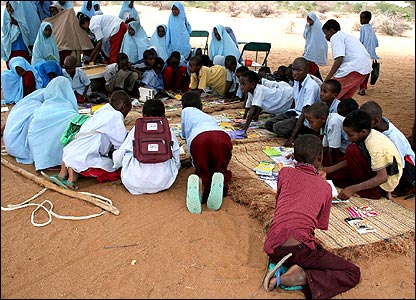
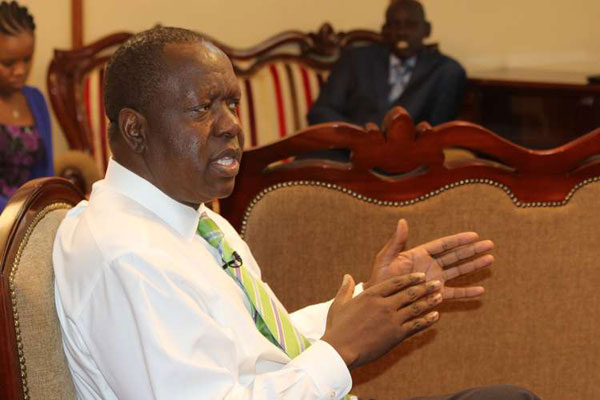

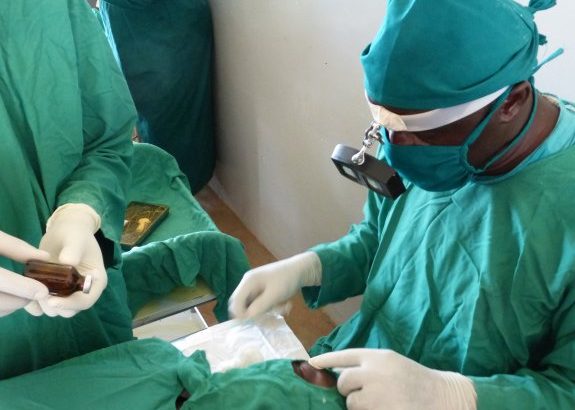
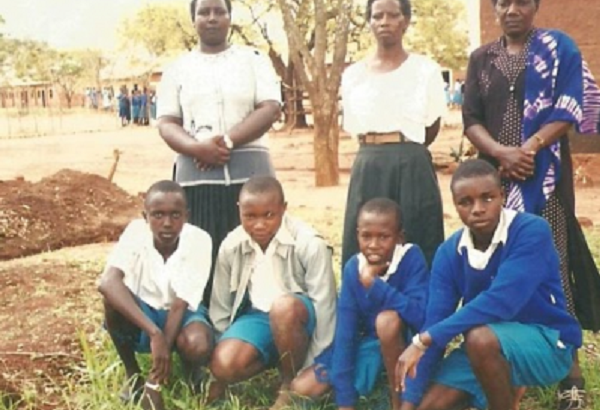

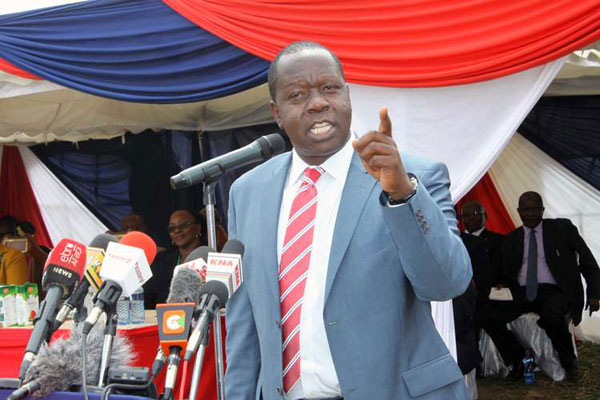





 Users Today : 17
Users Today : 17 Total Users : 35460640
Total Users : 35460640 Views Today : 38
Views Today : 38 Total views : 3419688
Total views : 3419688